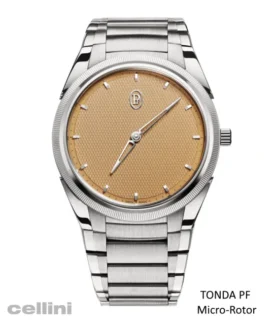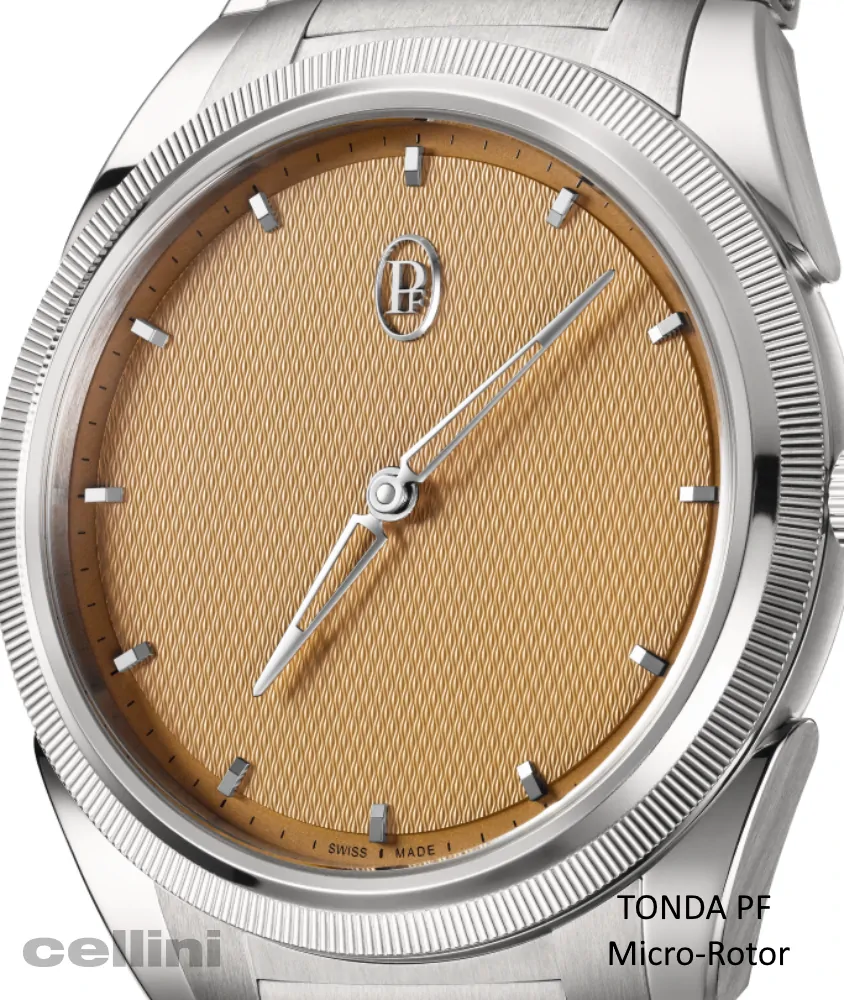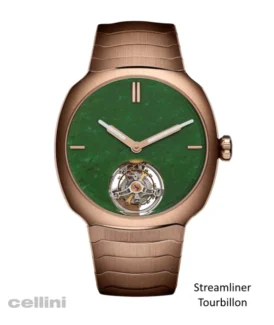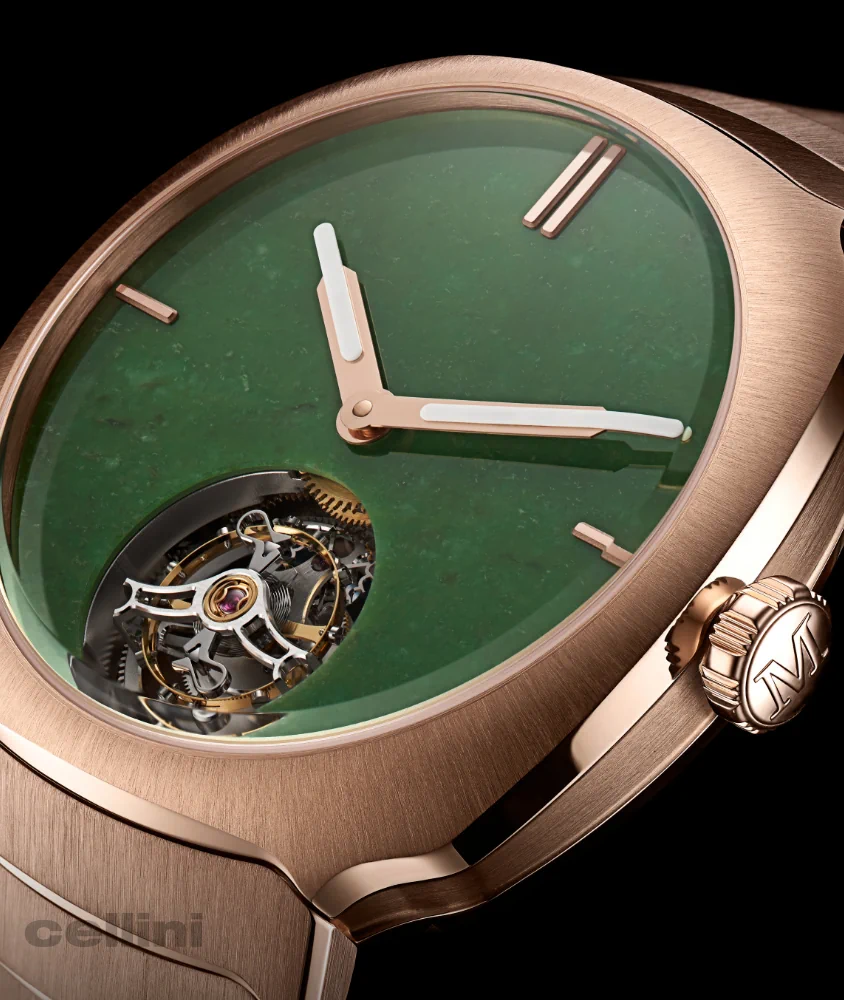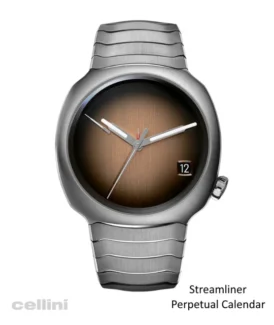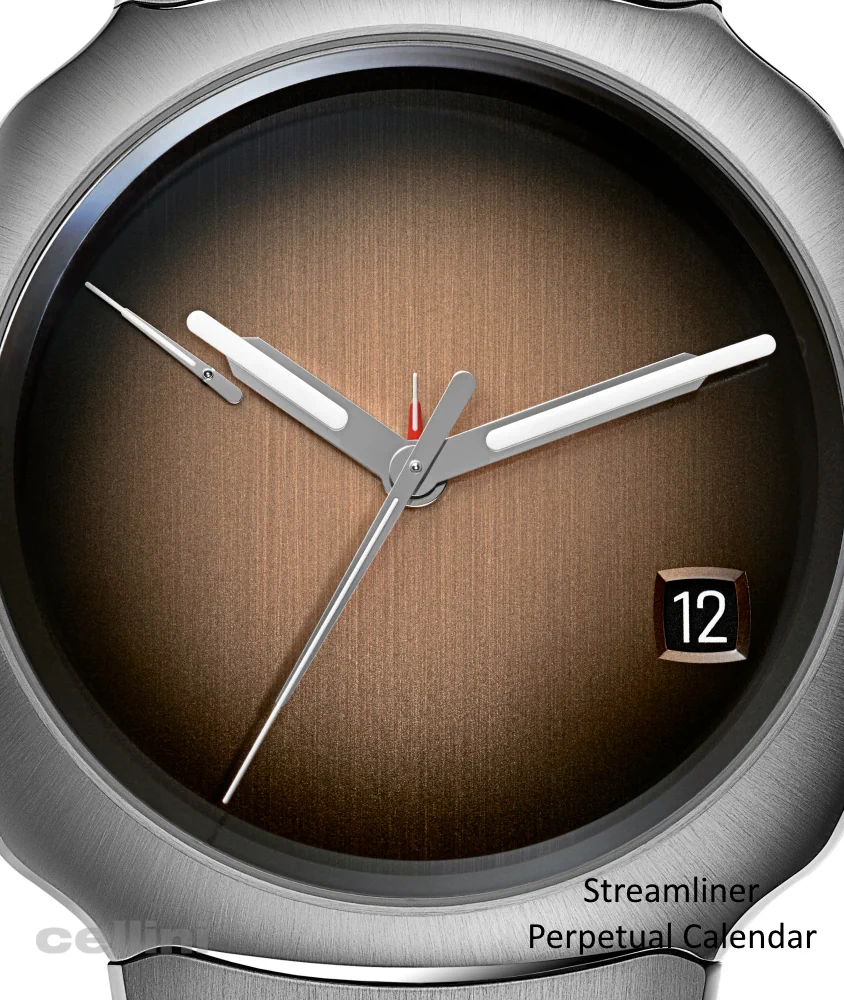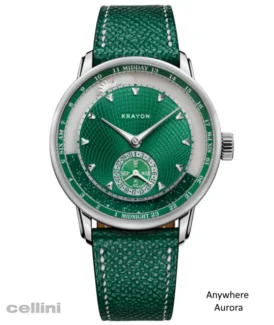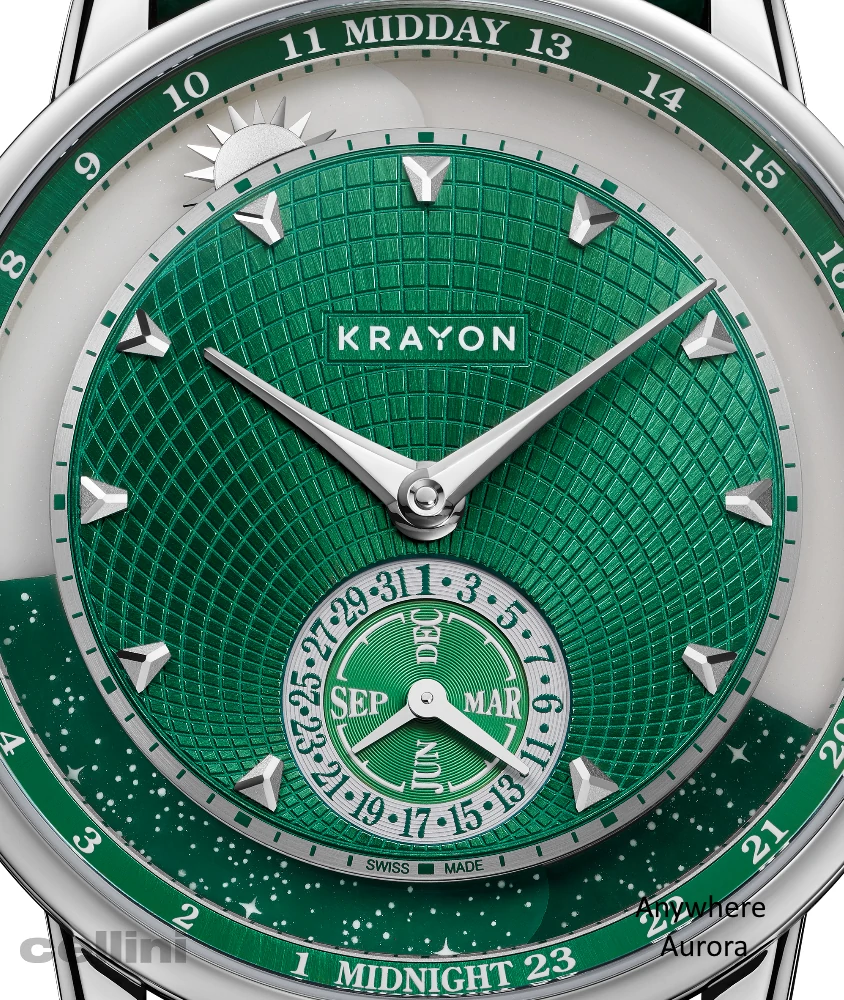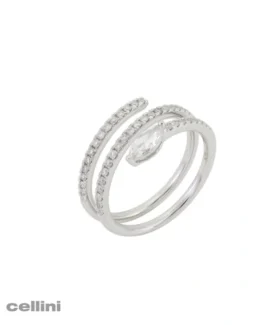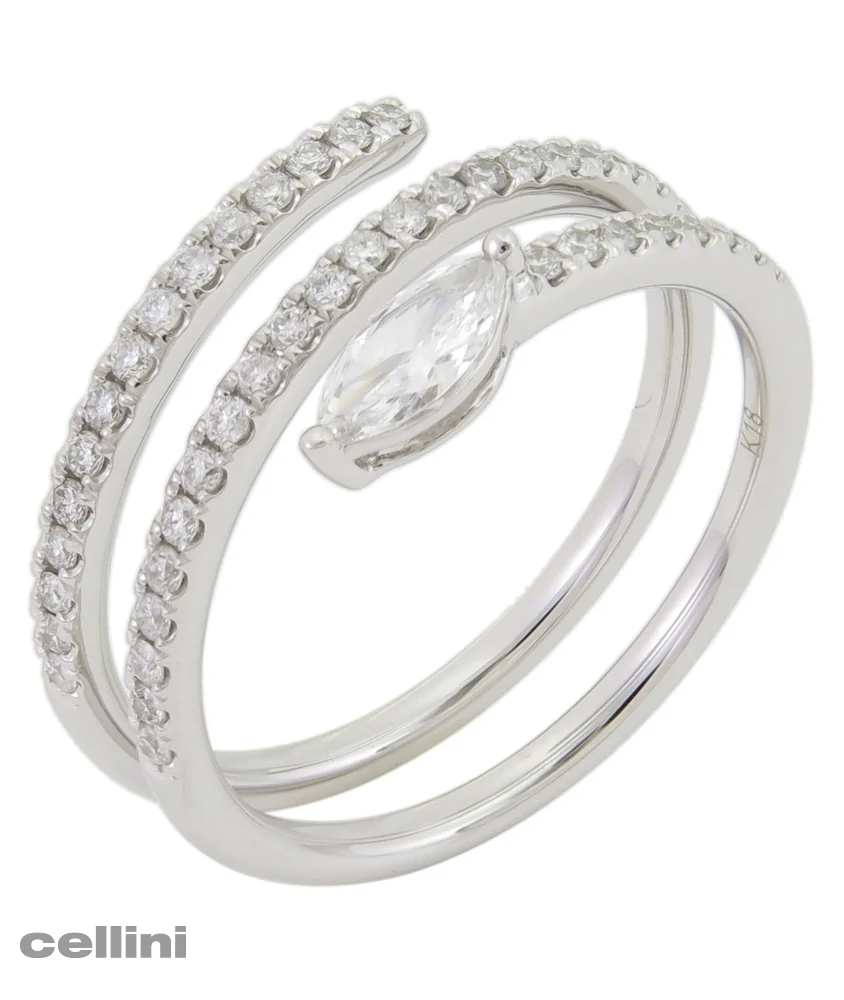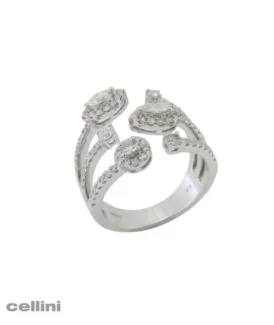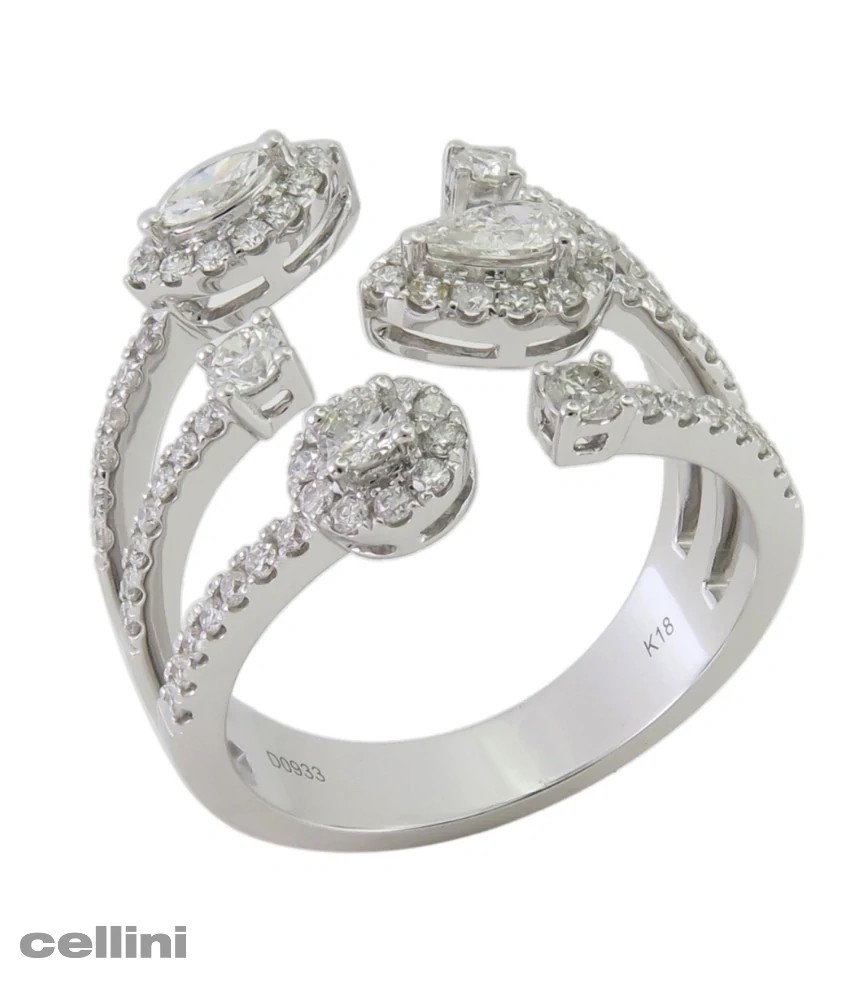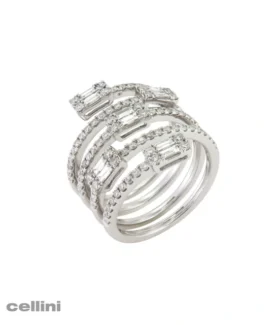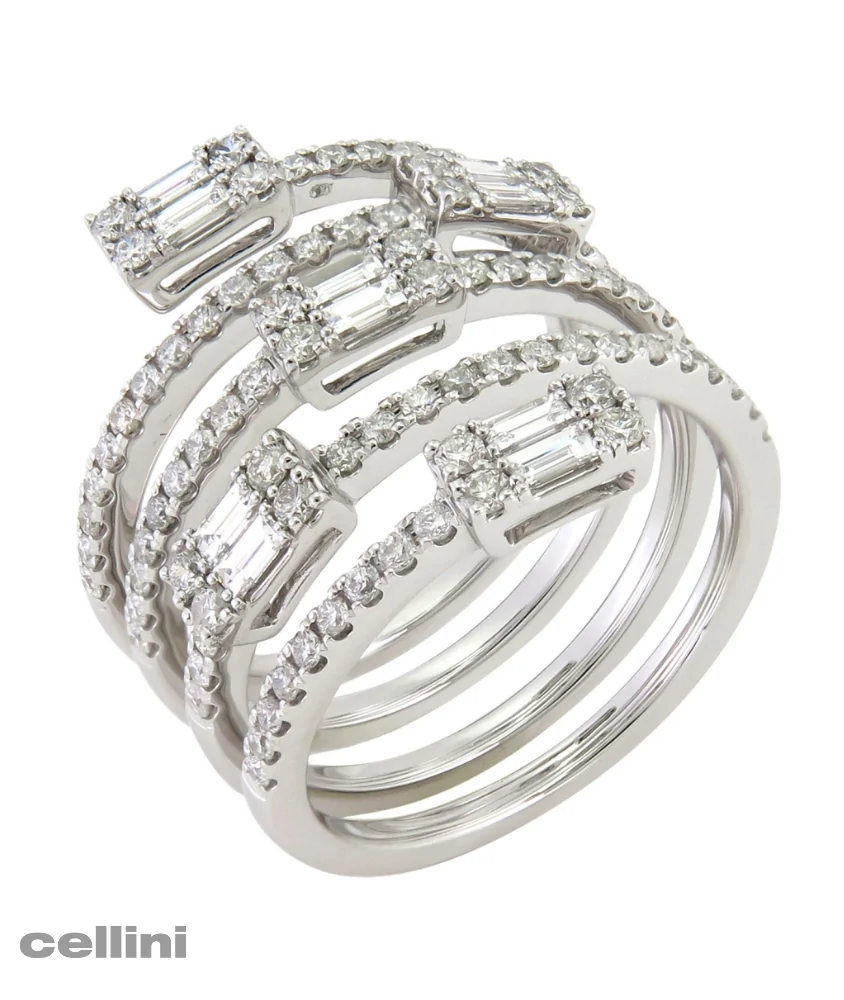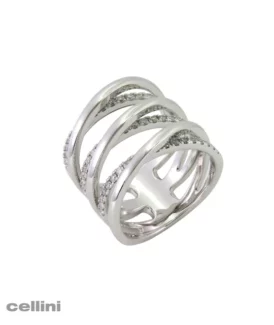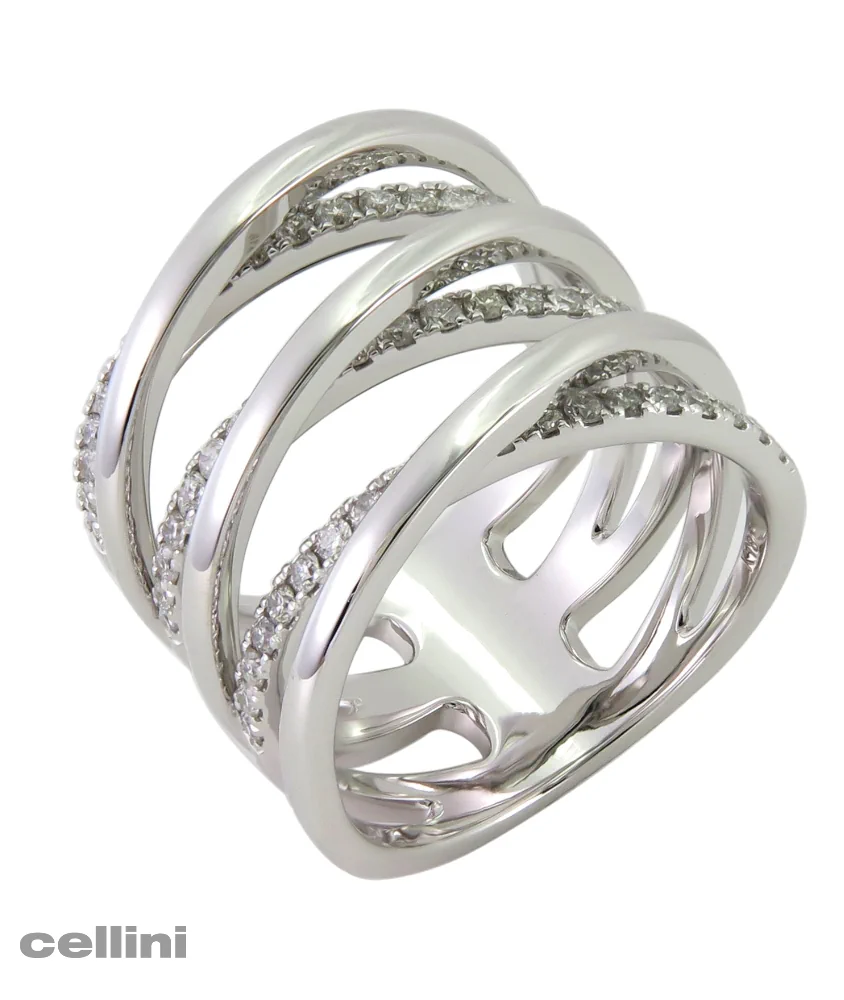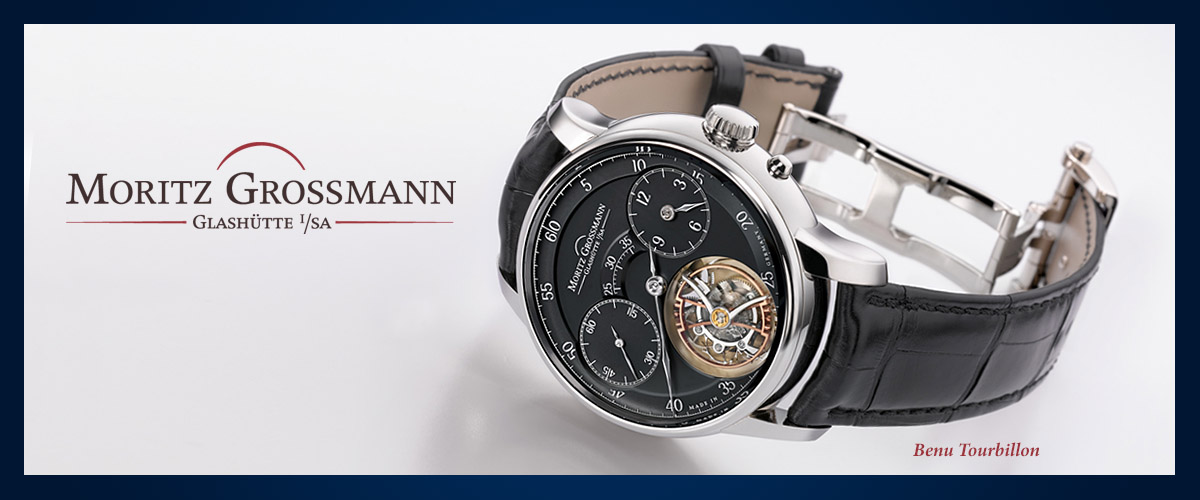
Moritz Grossmann
Rebirth of a Legend
Superb Quality and True Rarity Ensure Moritz Grossmann’s Legacy Continues to Grow
“Of the 200 watches Moritz Grossmann makes a year, approximately 40 come to the U.S. That level of rarity is reason enough to pay attention to the company. Another is its hand finishing, which is equal to work done by any of Germany’s finest watch houses. What’s especially nice is that the company also makes those super-fine movements available in steel cases.” – Cellini president, Leon Adams
Moritz Grossmann helped make Glashütte the German capitol of watchmaking during the 1800s. It began with his quest to create a simple, yet perfect mechanical watch, a subject that became his lifelong pursuit. He wrote frequently about his horological ideas in essays, especially the lever escapement and chronometer detent.
It was his thirst for knowledge and a desire to share it with others that led to one of Grossmann’s greatest achievements. In 1878, he was the driving force behind launching the German School of Watchmaking in Glashütte. The school remained open for more than 50 years, educating thousands of young watchmakers.
Today, the company that bears the Moritz Grossmann name celebrates the watchmaker’s legacy by adopting his standards for both precision and traditional craftsmanship. At the same time, it’s embraced modern production methods to ensure quality.
RENEWABLE ENERGY
When the modern incarnation of the brand debuted in 2010, it unveiled the Benu as its first collection. Chosen for its symbolism, the name Benu — according Egyptian legend — belonged to a mythical bird that was consumed by fire each night and would leave behind an egg. The next morning, the egg would hatch and a new bird would perpetuate the cycle.
Much like the Benu bird, the spirit of Moritz Grossmann has been reborn. It lives on in the Benu Tourbillon. Beautifully crafted and technically intriguing, there is no finer expression of the brand’s capabilities — and more importantly, it’s potential — than this horological gem.
MECHANICAL SOLUTIONS
Considering how much effort Grossmann spent on improving performance, it’s fitting to begin by discussing the Benu Tourbillon’s hand-wound movement, caliber 103.0.
Its precision is enhanced, in part, by the stability of the oversize (14.2mm) balance wheel, which beats at a frequency of five semi-oscillations per second. The wheel is also part of the tourbillon, a mechanism that helps counteract rate fluctuations caused by gravity pulling on the balance spring. In the Benu, the tourbillon rotates once every three minutes, a leisurely pace compared to the majority of tourbillons that turn every 60 seconds.
Because of its size, the tourbillon takes up most of the space between the center pin and the bottom edge of the dial. The opening is so large, in fact, that the numbers 25 to 35 are missing from the minute scale.
It’s possible to infer the time without the missing numbers, but their absence does leave the design feeling unfinished. That’s why Moritz Grossmann designers devised a clever solution that’s become central to the watch’s visual identity.
In the Benu Tourbillon, the minute hand has pointers at both ends. When the long end reaches the opening, the short end is perfectly positioned to take over, sweeping over the secondary minute scale that arcs above the center. A patent has been registered for this intuitive design.
STOPPING TIME
Many watch companies are technically adept, but Moritz Grossmann rises above the fray using engineering as a means to improve the experience of owning a mechanical watch.
Take for example the crown and pusher found on many Moritz Grossmann watches. To set the time, you start by pulling out the crown, which automatically returns to its original position; flush with the case. Inside, a brush topped with fine hairs stops the balance wheel, temporarily pausing the measurement of time. At this point, the hands can be set via the crown. Then to restart the movement, simply push the button located below the crown.
Pulling the crown temporarily stops the movement using a fine-hair brush to restrict the balance wheel.
It may sound like the brand is overly complicating a simple process, but the reasons are quite practical. First, by not allowing the crown to stay pulled out, dust and water cannot infiltrate the case and damage the movement when the time is being set.
The second reason is something that anyone who is obsessive-compulsive about setting the time on their watch will truly appreciate. The scenario is all-too-common: after carefully setting the time to the exact minute, the minute hand drifts out of position when you push the crown in, undoing your work and trying your patience. The brand’s stop seconds system eliminates the problem altogether.
A SHOW OF HANDS
Moritz Grossmann pays special attention to the finishing of its watches — cultivating the skill and artistry needed to create its intricately decorated movements. This devotion to hand finishing is another way the modern brand connects to the gorgeous pocket watches Grossmann made more than 150 years ago.
One particular aspect of the finishing stands out. Moritz Grossmann is one of the few brands that makes its own watch hands in-house. The company’s skilled team meticulously files, shapes and polishes each one. Some are polished steel, while the majority are tempered over flame to achieve a specific brown-violet color that’s become a brand signature.
In the Benu Tourbillon, the same color is found on the screws holding the movement together, including those used to buttress the raised chatons — the gold rings where jewel bearings are set. While most chatons are flush with the flat movement plate, Moritz Grossmann raises them slightly to add visual depth, and also call attention to another interesting design choice. Look closely at the movement and you’ll notice that the brand has chosen to replace the industry-standard red-ruby bearings with ones made from white sapphires. These synthetic gems serve the same purpose as their red counterparts, but the color change adds a pleasant and unexpected twist on tradition.
ABOVE AND BEYOND
Look through a loupe at the extraordinary beauty of a Moritz Grossmann movement and it’s clear that all the thought and effort the brand puts into its craftsmanship is well spent.
In the Benu Tourbillon, it begins with the 2/3 plate, which is made of untreated German silver, a metal that radiates a subtle warm glow, unlike the bright rhodium-plated movements found in most mechanical watches. The plate is adorned with the company name — engraved by hand — as well as Glashütte ribbing, a decorative pattern that’s noticeably wider than the Geneva stripes found on most movements.
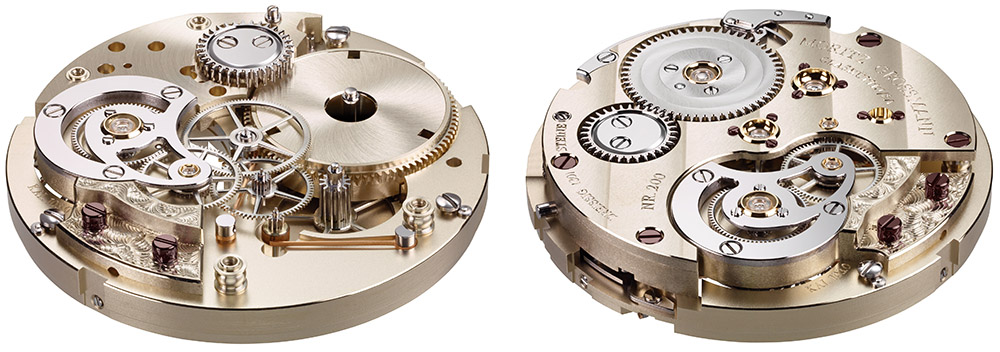
Made from untreated German silver, the movement features screws tempered over flame to achieve their distinctive brown-violet hue.
What’s interesting is that Moritz Grossmann decorates the watch parts in stages. When the movement is first assembled, it’s a mix of finished and unfinished components. For instance, three bands of snailing have already been applied to the ratchet wheel, but normal screws are substituted for the final colored ones.
After weeks of testing and rate adjustment, the movement is disassembled so the decorative work can be completed. After a thorough cleaning, the movement is reassembled and once again tested and adjusted before it’s cased up and completed.
The brand does this for each movement in every watch. And it’s that willingness to go beyond what’s necessary to achieve something truly extraordinary that defines Moritz Grossmann’s approach to watchmaking.
Click here to view the Moritz Grossmann collection online at Cellini Jewelers.

